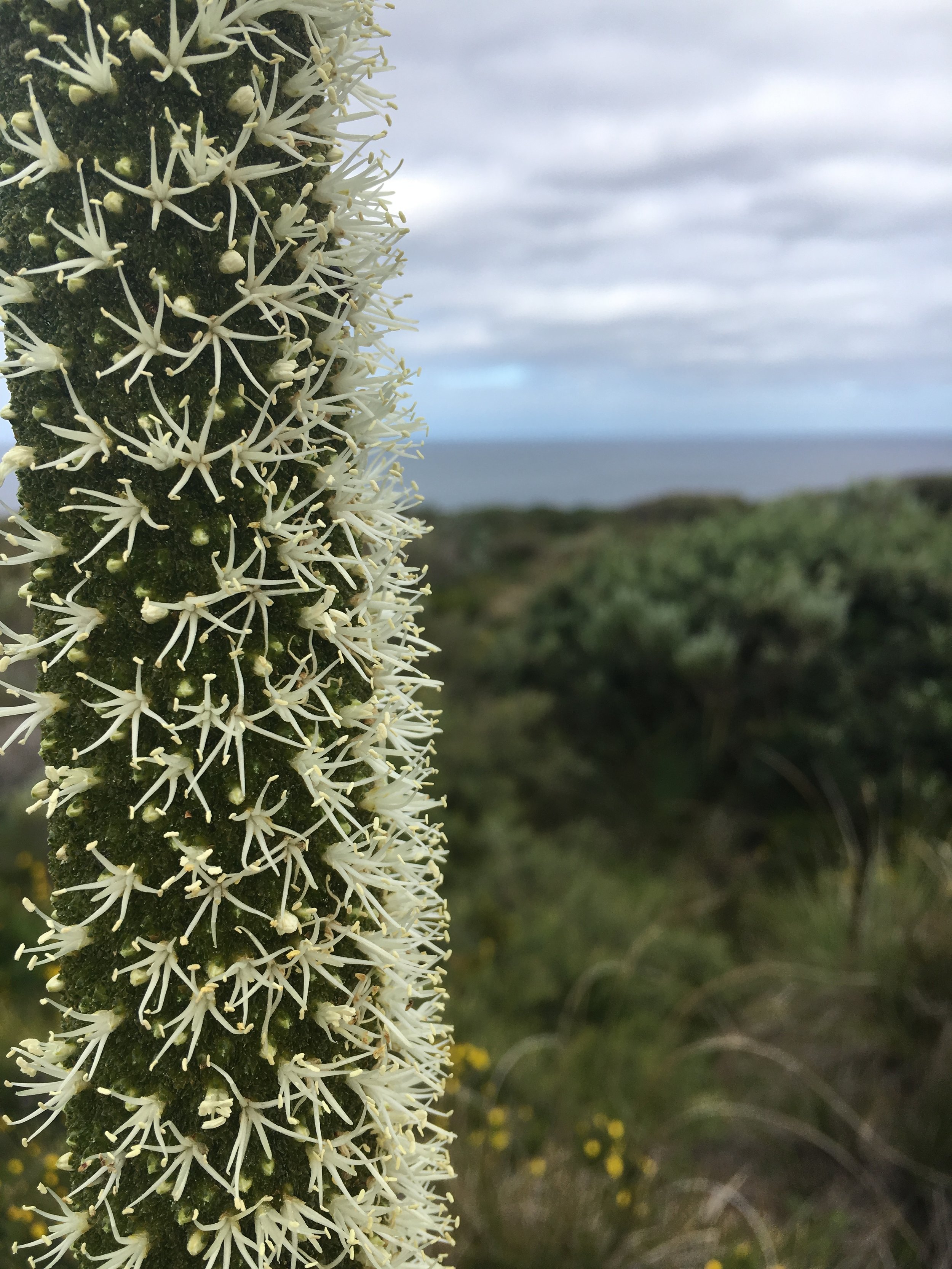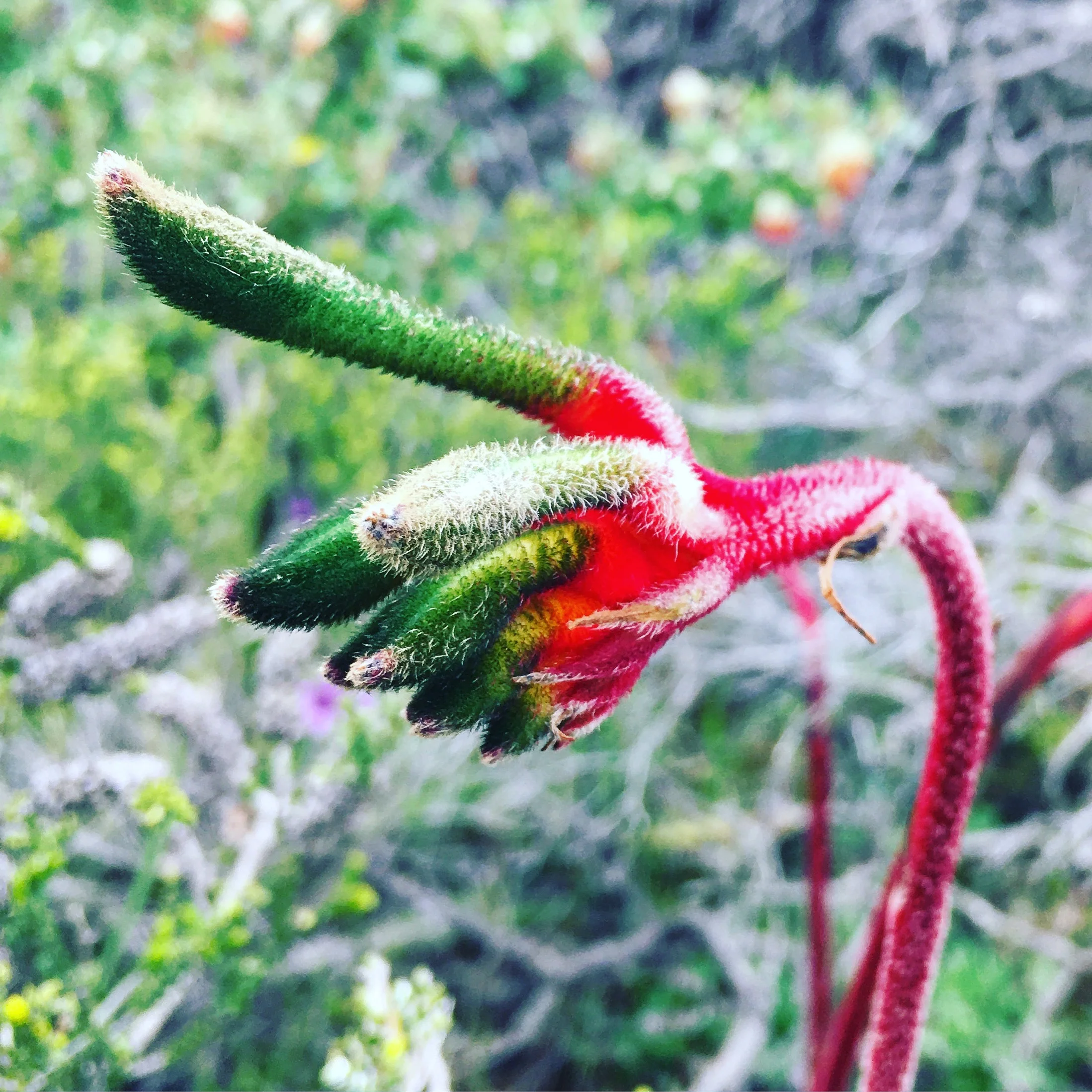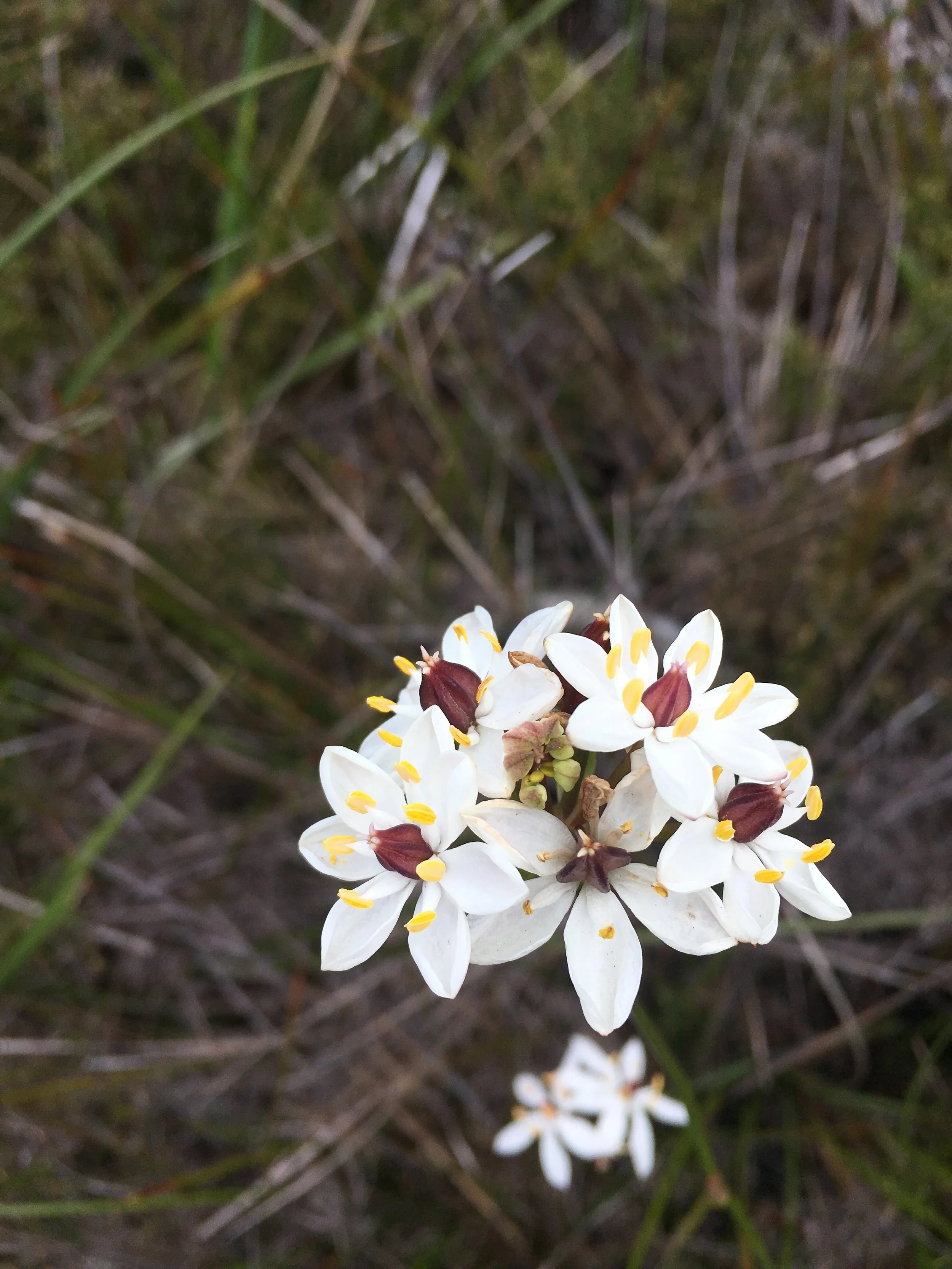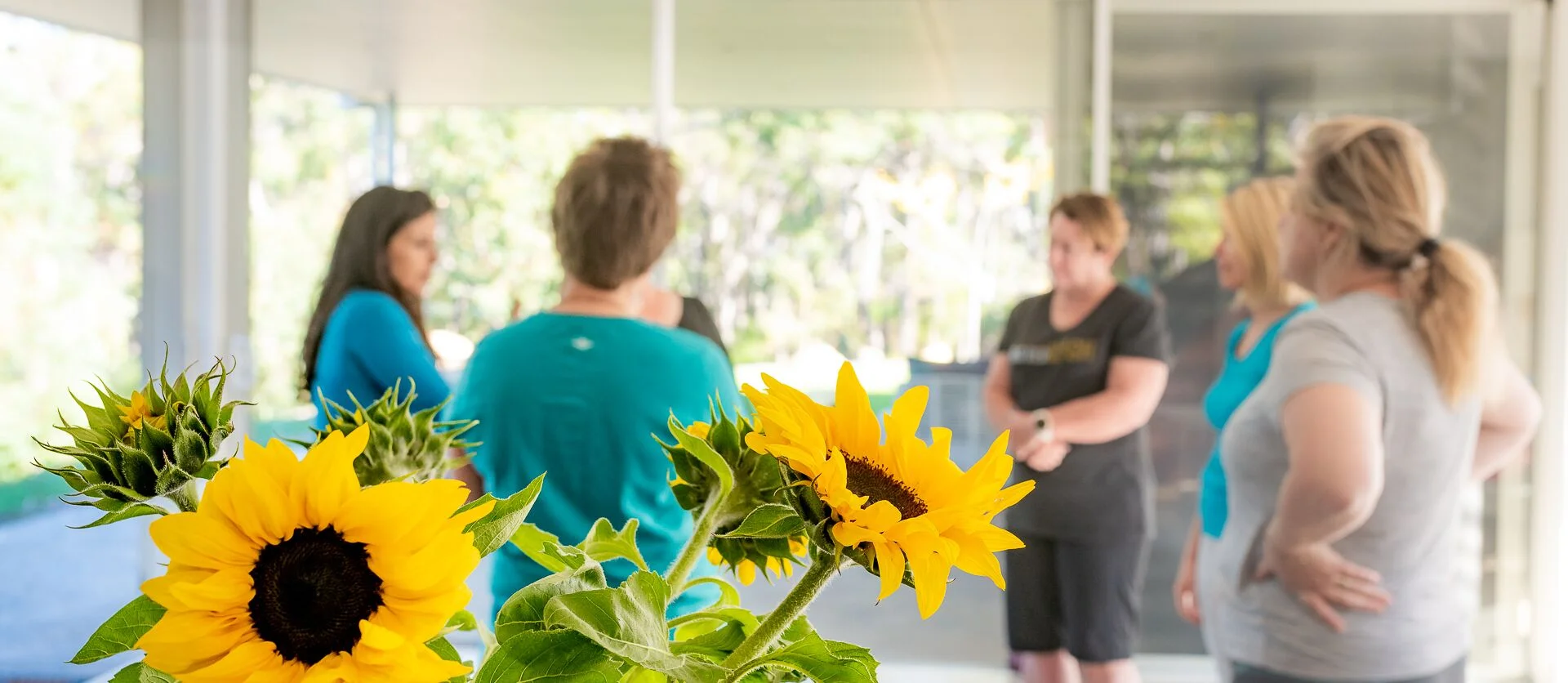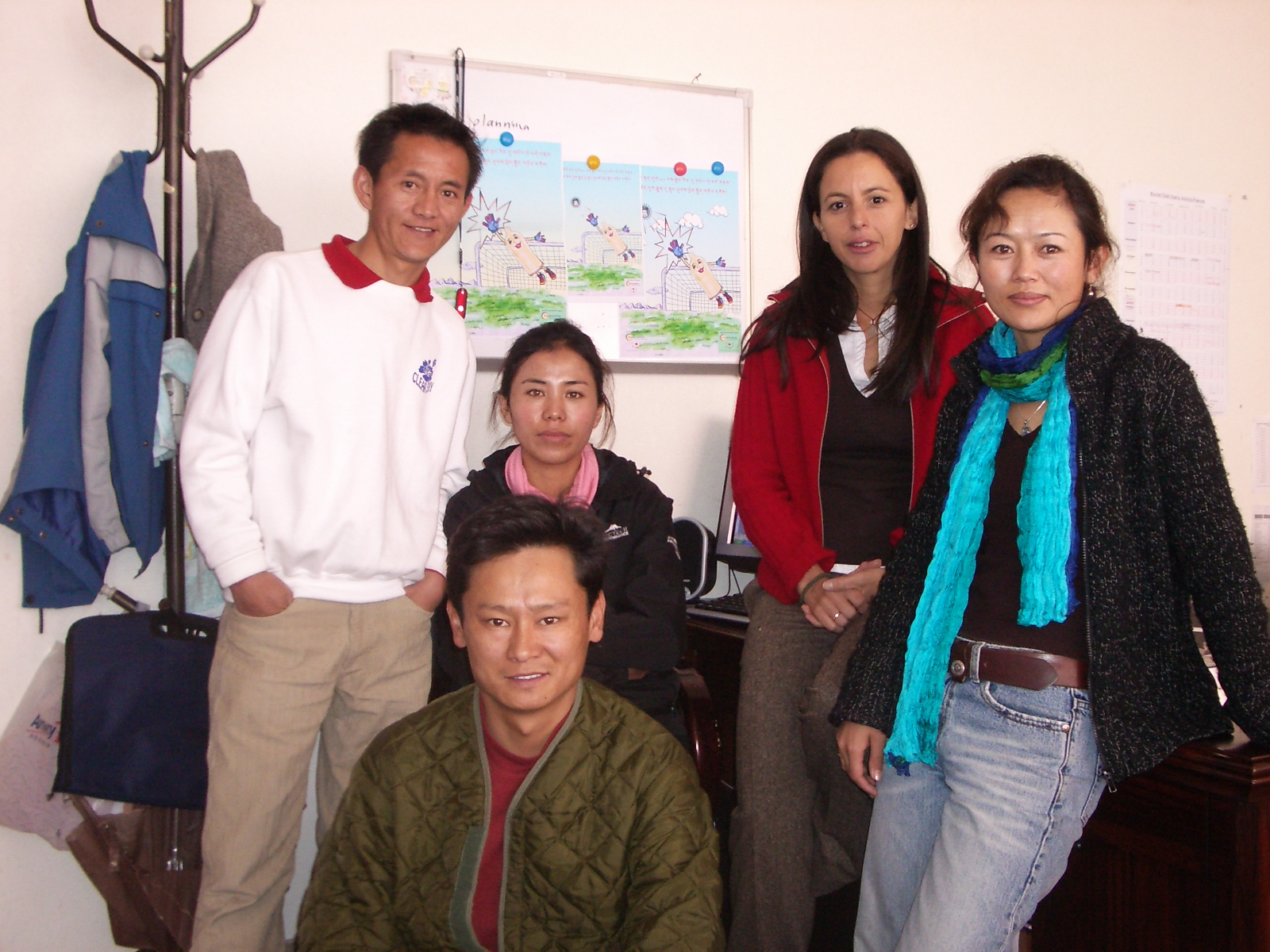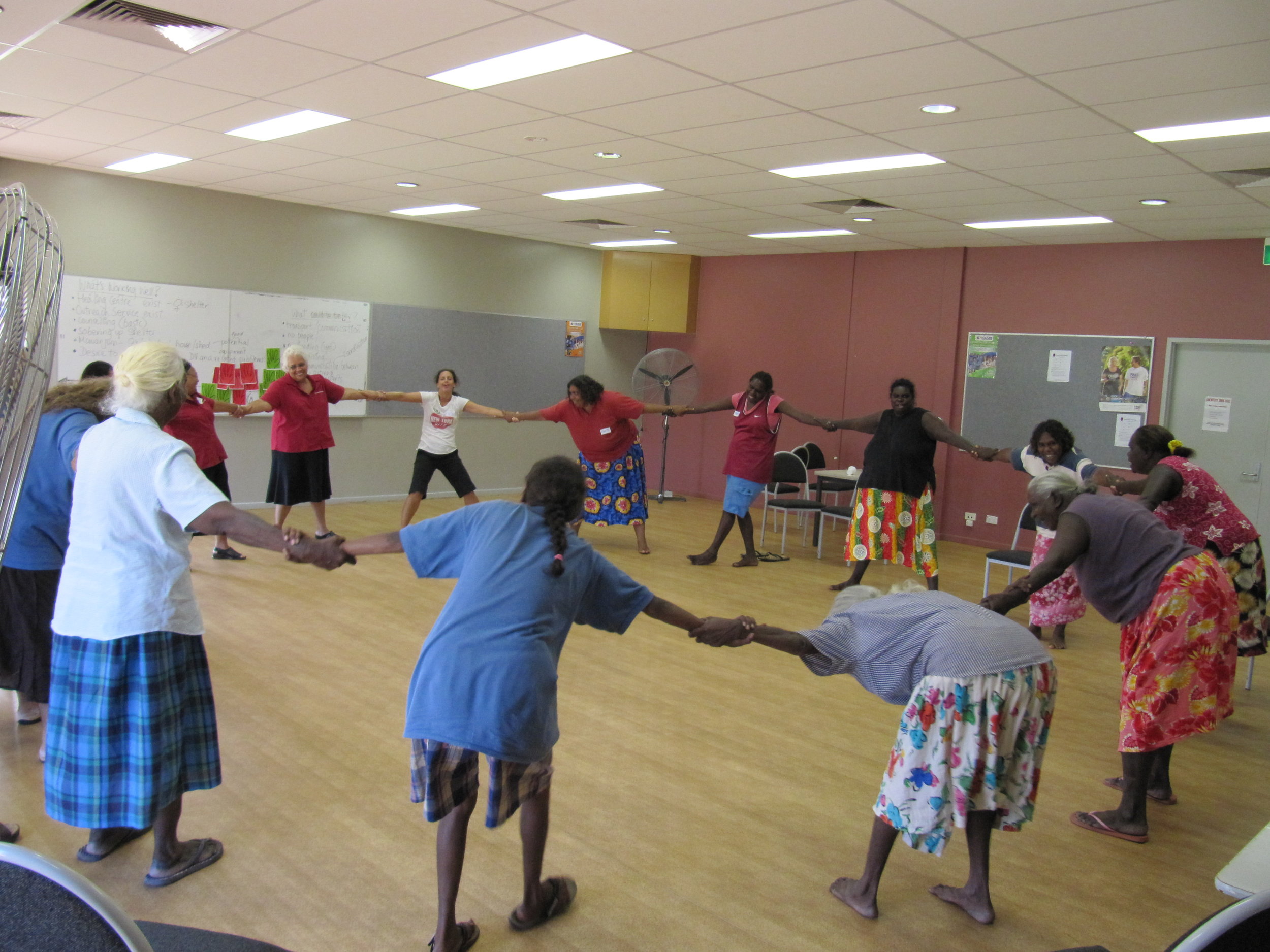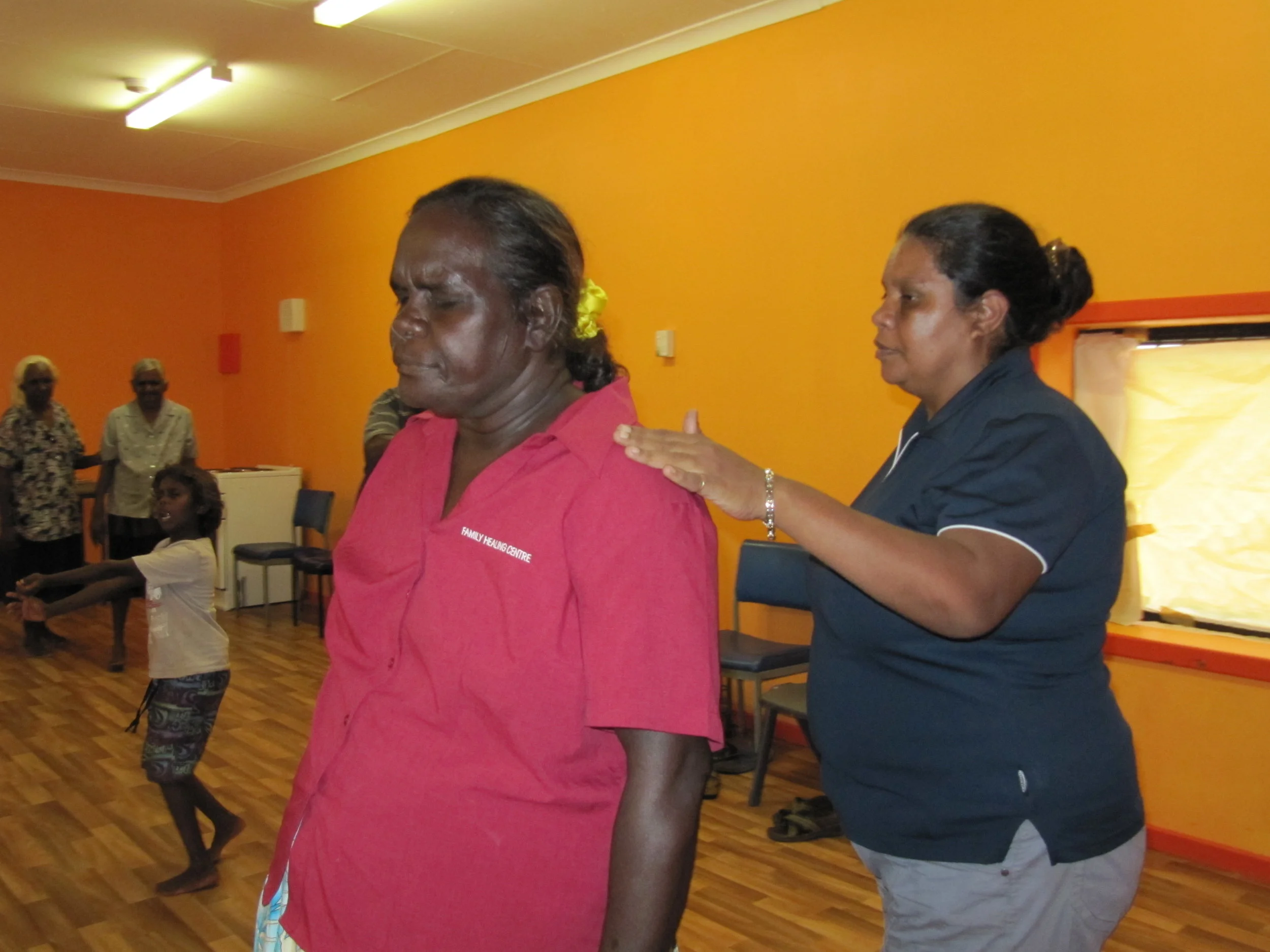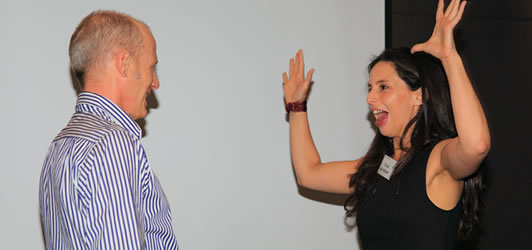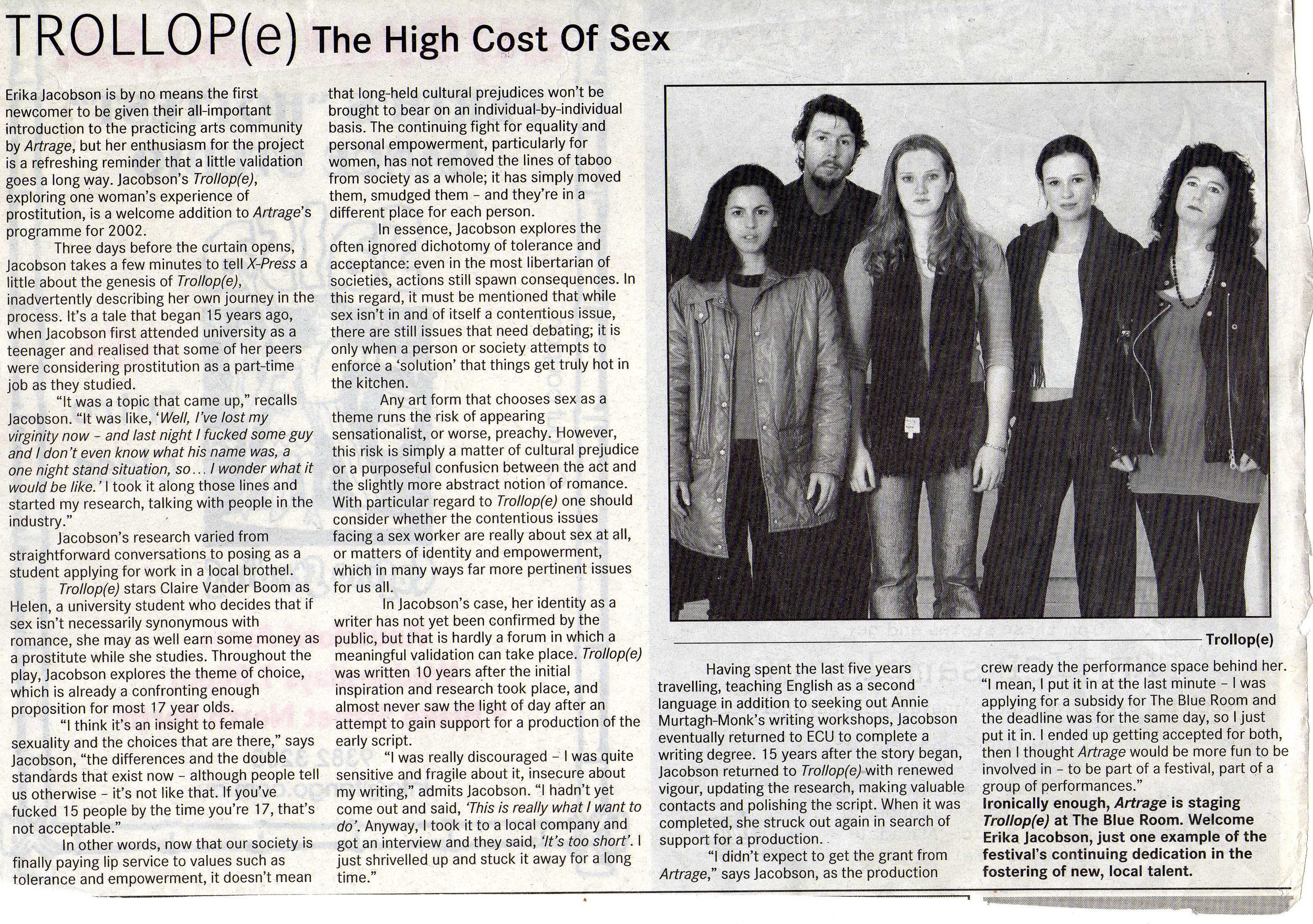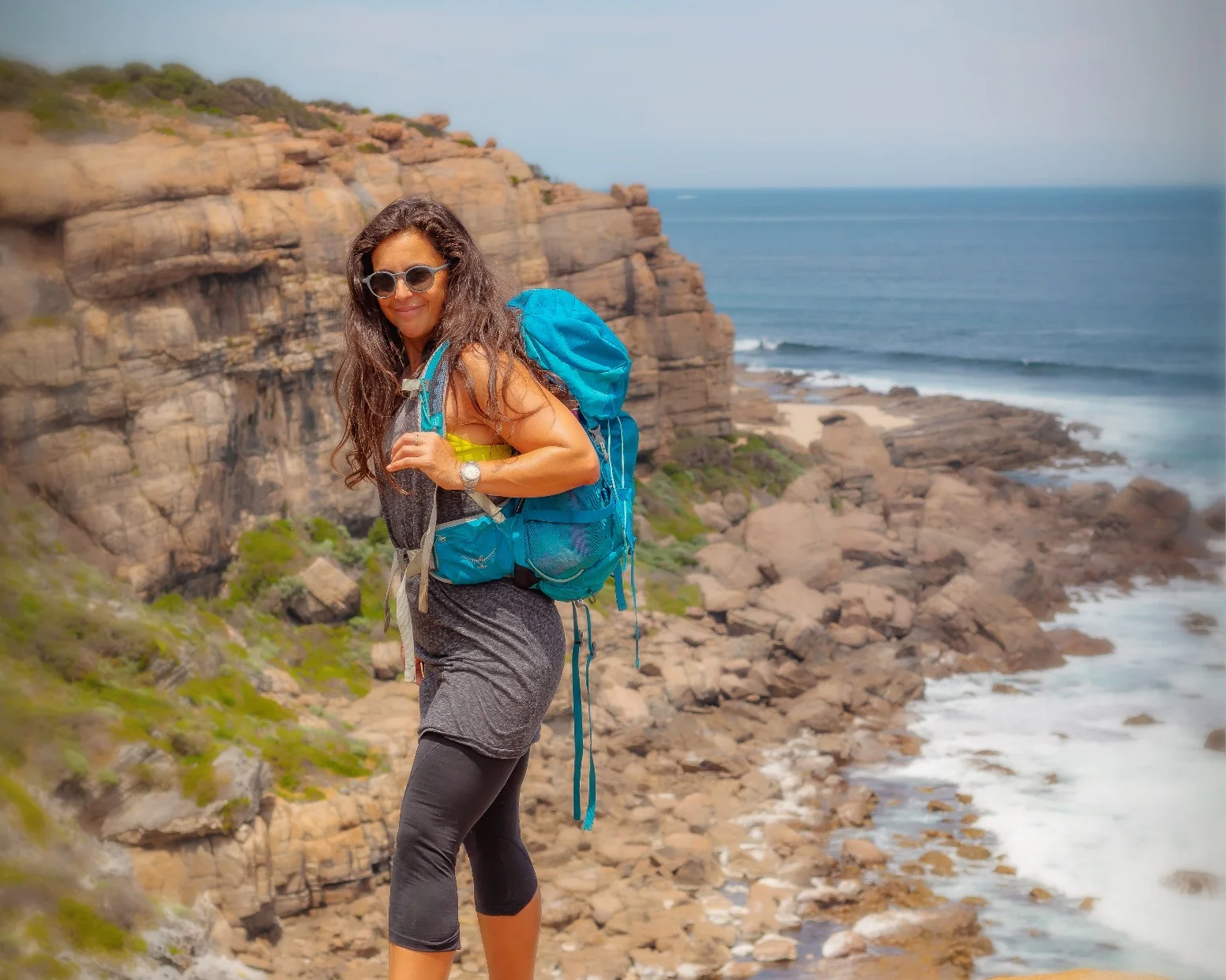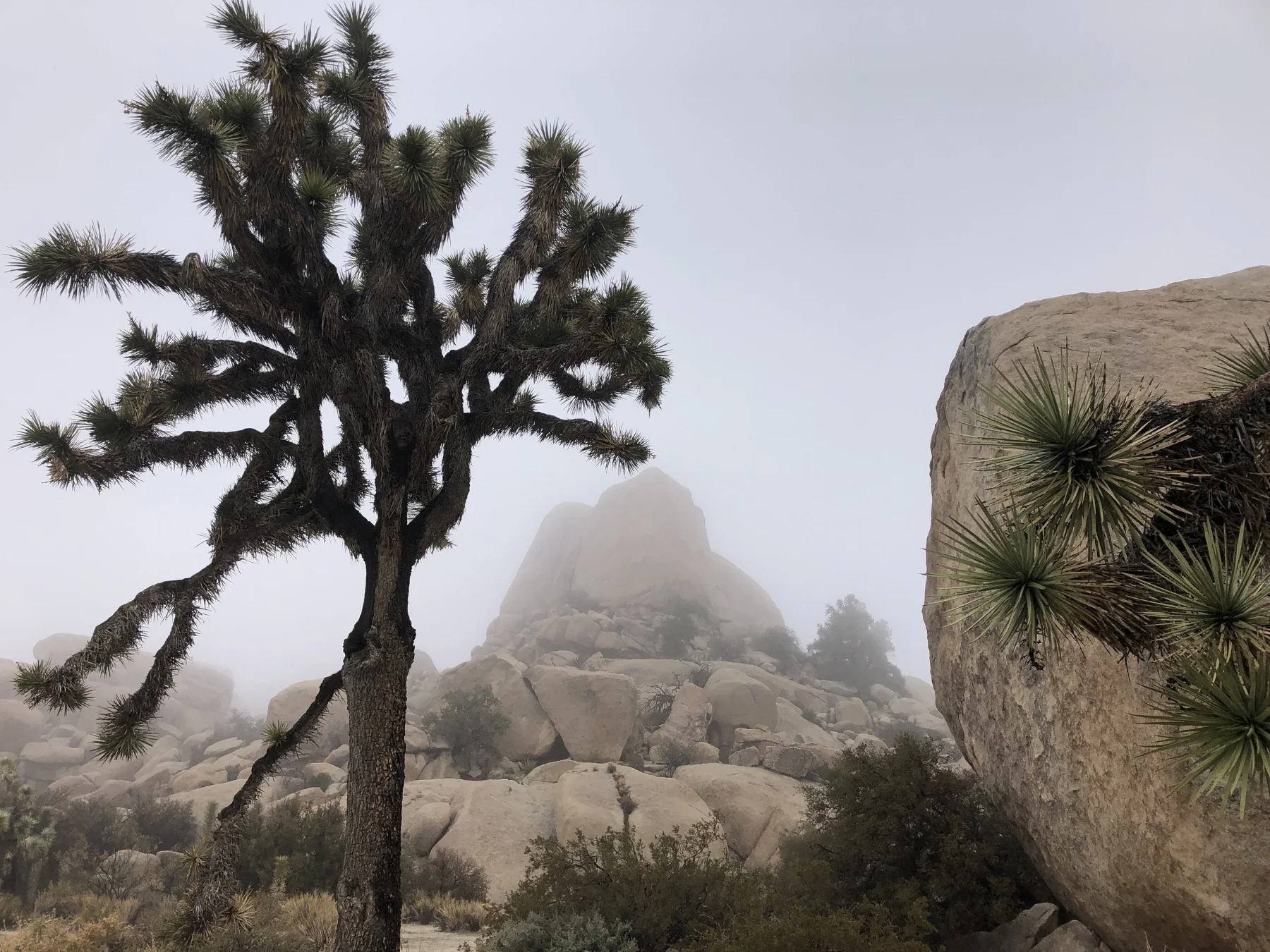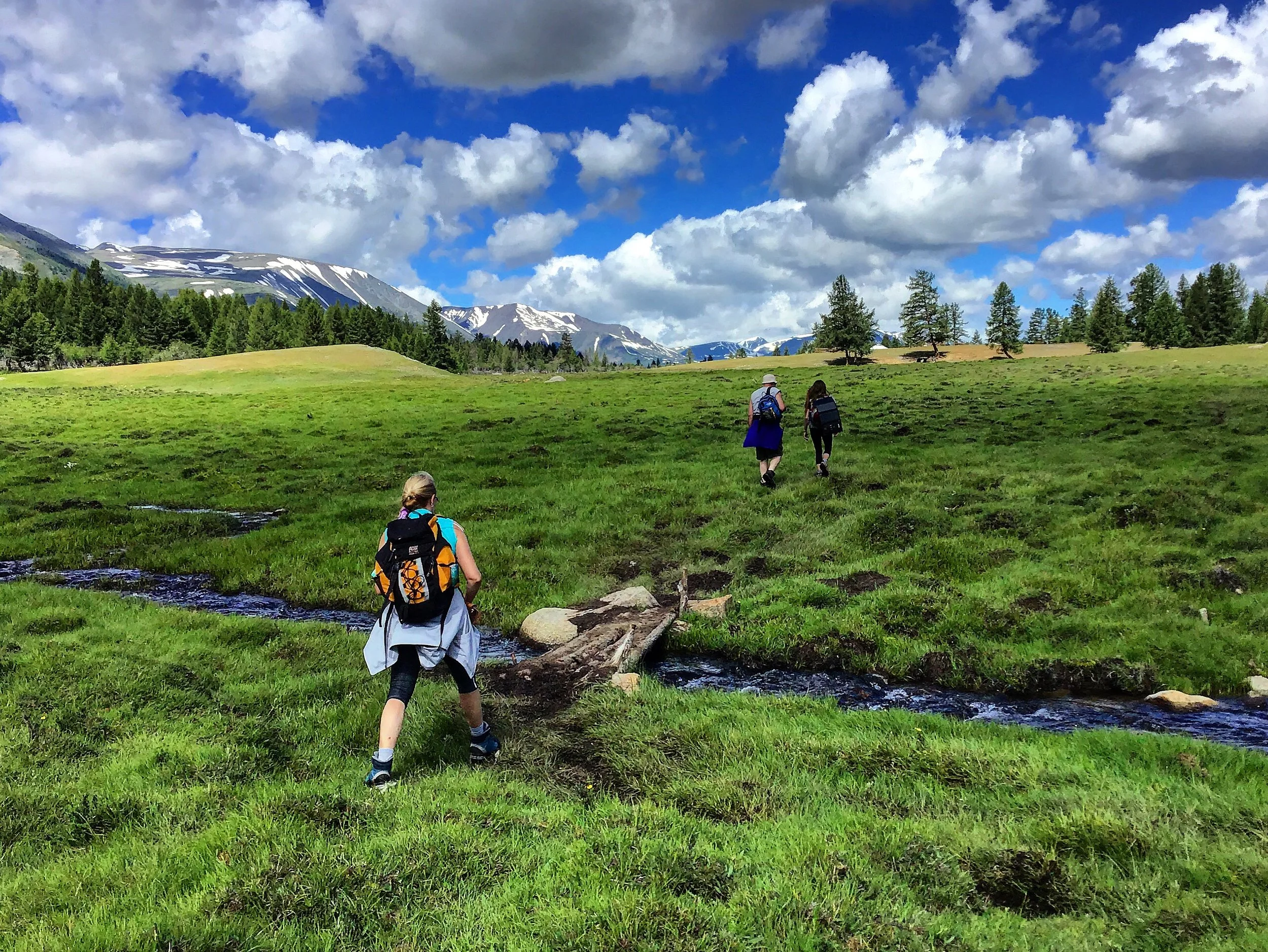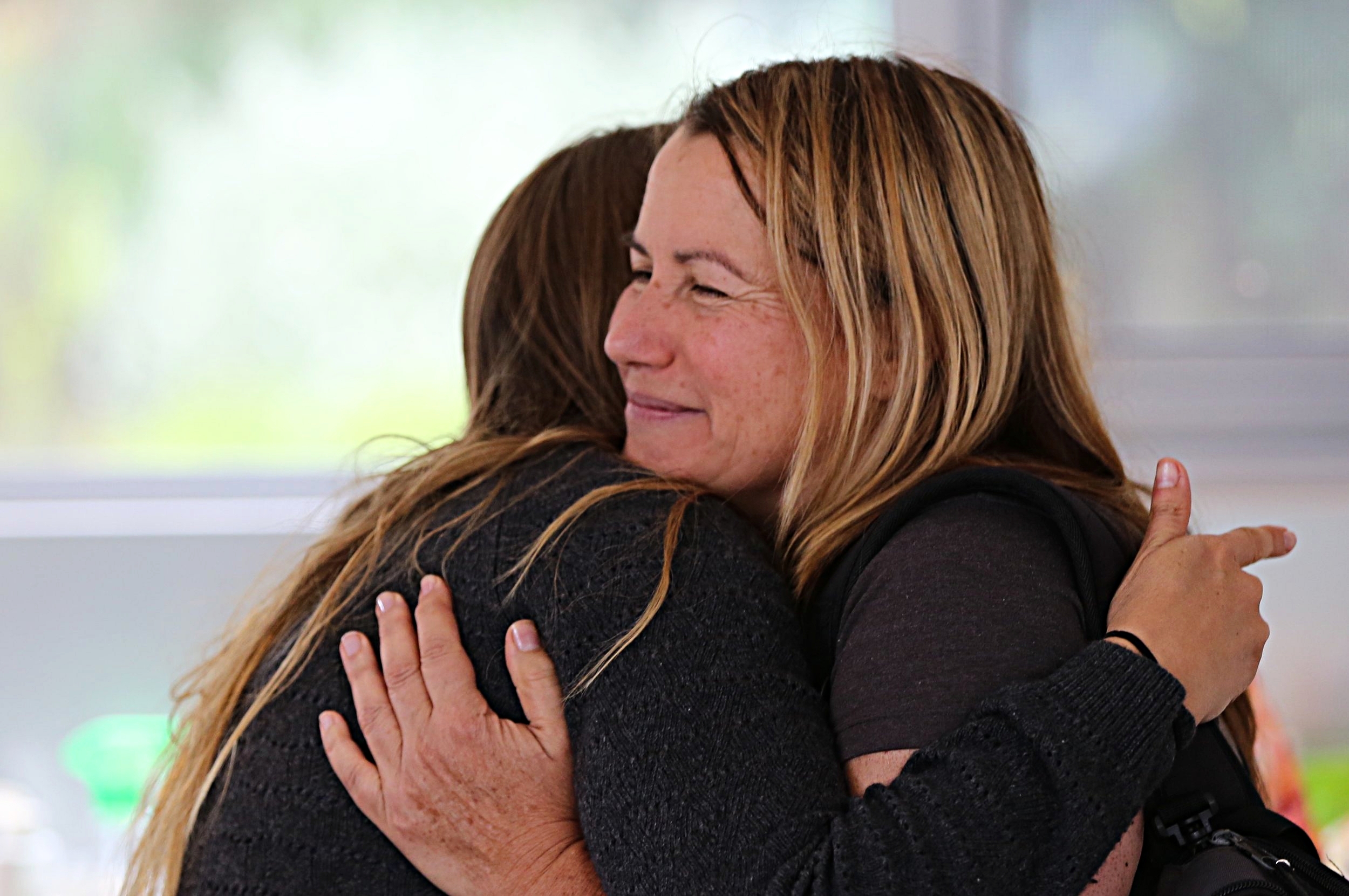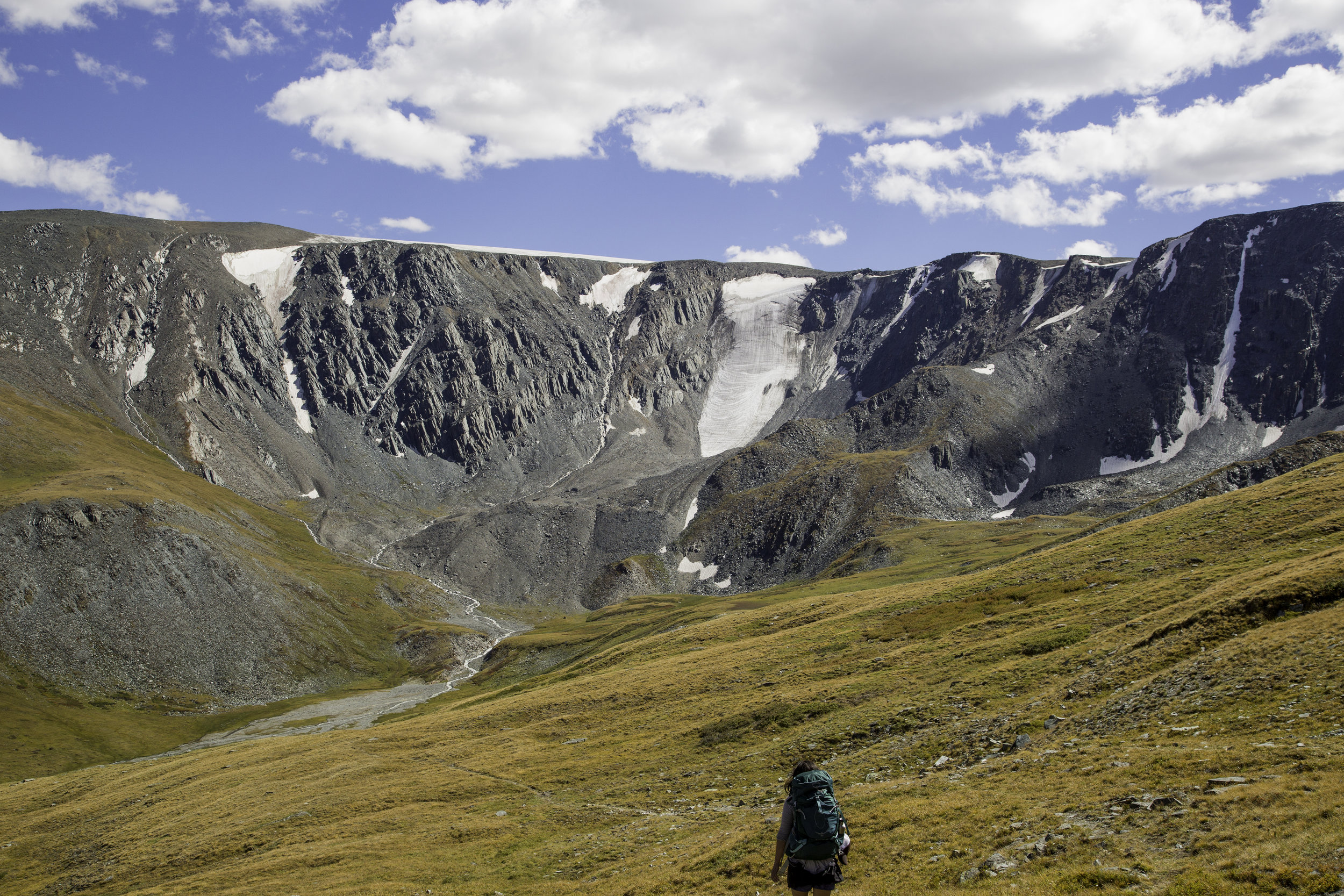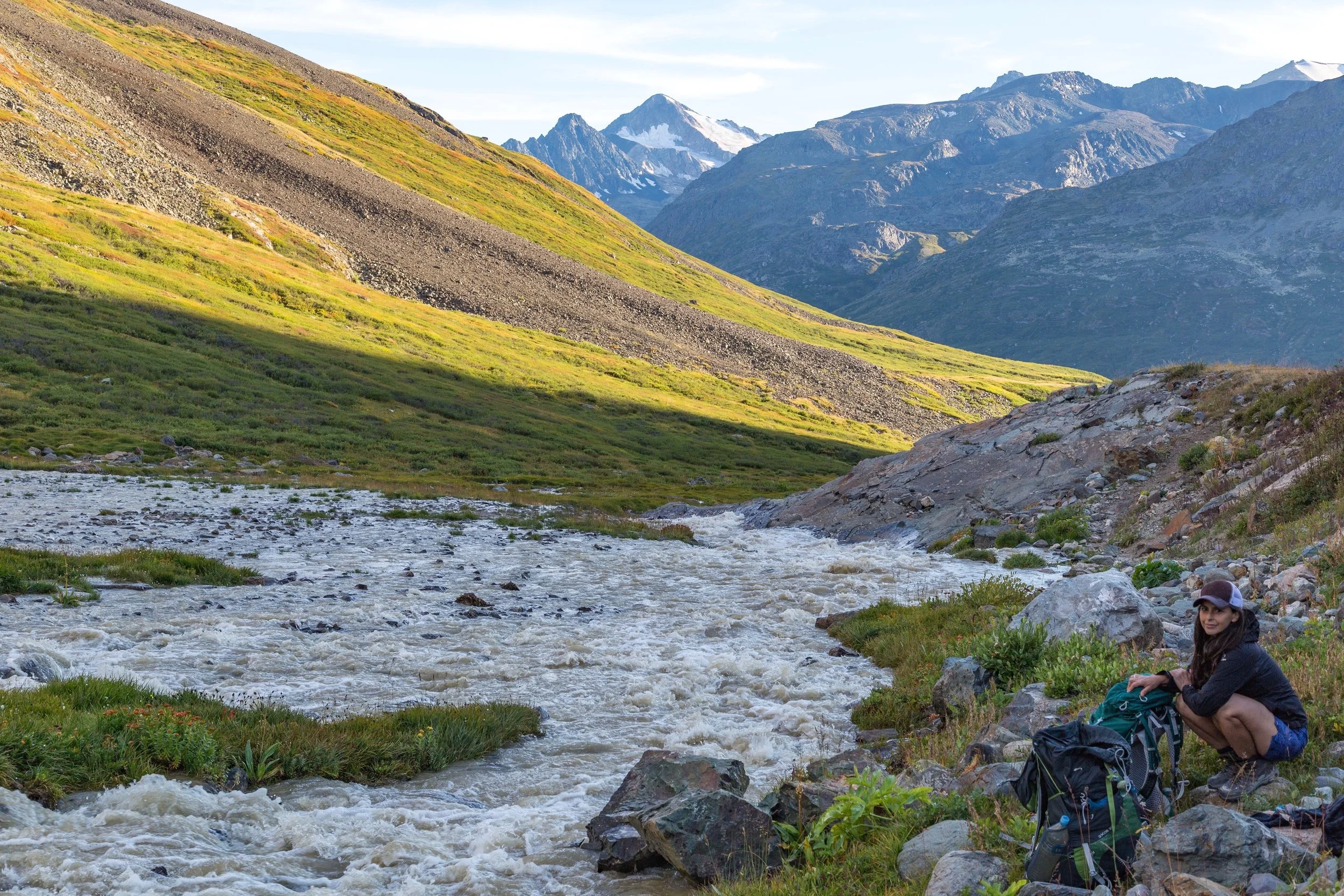With 40% of the world’s indigenous languages at risk of disappearing, this year’s International Day of the World’s Indigenous Peoples (August 9) has a special focus on language. The UN calls on countries to ‘…recognise, protect and promote indigenous languages through legislation, policies and other strategies…’
In celebration of our unique and breathtaking flora, and acknowledgement of the Noongar land we inhabit in Australia’s southwest, here is a small collection of wildflowers, their Noongar names and their traditional uses.
CARA - Caladenia arenicola
Orchids (Djubak ) are much sought-after beauties and our southwest is gifted with a great diversity of orchids. What many people do not know is that these beautiful & delicate orchids used to form part of the Noongar spring diet. Their kidney shaped roots, distinguished by their maturity, can be eaten raw when young (chokern) or roasted when mature (naank). Likewise, the hollow, onion-like single stem that shoots up before the flower can be eaten raw and is supposedly sweet and gelatinous.
PUDJAK - Banksia sessilis
Commonly known as parrot bush as it attracts the endemic ring-necked parrots. This plant’s flower has traditionally been used for its sweet nectar and its wood to make message sticks allowing different Noongar tribes to communicate. The leaves are hard and their edges pointy and prickly. There is a lovely corridor of tall Pudjak bushes between Moses Rock North and the Moses Rock campground on the Cape to Cape.
BALGA - Xanthorrhoea preissii
The Balga - or grasstree - in a dominant feature in the Australian landscape. Noongar people have made used of this plant in many ways. For food, they used to dig down to the shoots at the bottom of the grass. Also, Its fronds could be used to cover shelters and its resin both as a tanning or binding agent.
KOORLA - Hardenbergia comptoniana
The stems from the prolific Native Wisteria plants were used to help build shelters and also as rope.
MINDALENY - Acacia Pulchella
Wattle had a lot of uses in Noongar tradition. The seeds of this and other species, like Acacia cyclops, were ground and baked into damper. The juice from the leaves could also be used to relieve eczema, repel insects and protect from sunburn. Also, the bark could be stripped from the wood and treated with fat from animals like kangaroo (yonga) or lizard (gnoomoon) and made pliable to tie things together.
KURULBRANG - Anigozanthos flavidus
The Red Kangaroo Paw, our state flower was a rich source of starchy calories for Noongar people. It is known for attracting birds like the Red Breasted Robin.
KARA - Burchardia congesta
These pretty Milkmaid flowers found along the Cape to Cape from September to November have a starchy, fleshy that could be eaten raw or baked over coals on a fire.
There are some excellent resources available if you are interested in Noongar plant names and uses. John Horsfall & Vivienne Hansen’s Noongar Bush Medicine: Medicinal Plants of the South-west of Western Australia and their latest Noongar Bush Tucker: Bush Food Plants and Fungi of the South-West of Western Australia are a delightful and comprehensive collection of many traditional culinary and medicinal uses for plants of Western Australia’s southwest.
I also looked at this site for some names https://www.perthnrm.com/wp-content/uploads/2016/09/Traditonal-Ecological-Knowledge-By-Noongar-Names-Jan-2016.pdf




